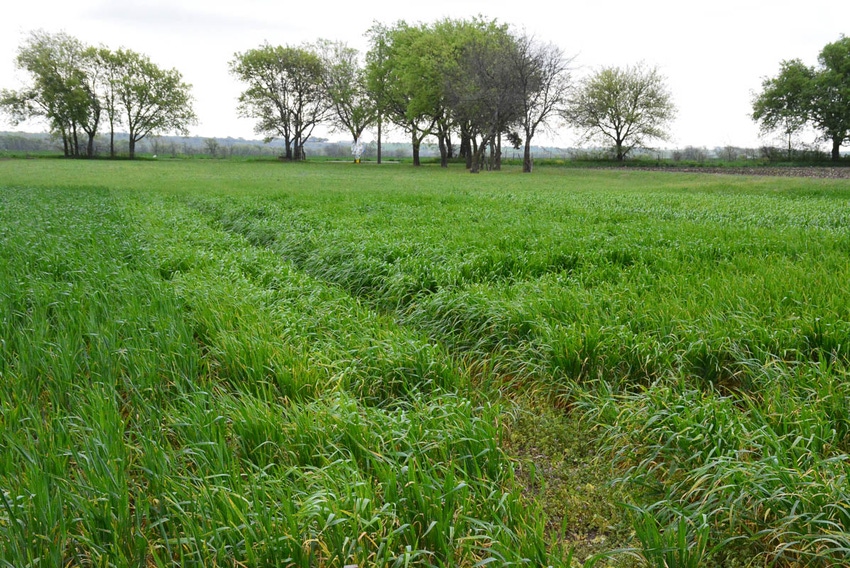
An expanding market in craft spirits distilleries has the founders of Still Austin looking to Texas producers and century-old wheat varieties to craft a whiskey not only differentiated in taste but rich in Texas flare.
Still Austin, located in Austin, Texas, is a part of the growing U.S. distillery industry. Five states dominate craft spirits housing 33.7 percent of the distilleries. Texas is ranked fourth among them with 108, behind California with 156, New York, 134, and Washington, 122, according to https://distillerytrail.com. Colorado ranks fifth with 99.
BREAKING IN
And while craft distilleries have been on the rise in the last 10 years, much like the craft beer breweries of the last two decades, breaking into the still industry is a bit more challenging, says Still Austin co-founder Andrew Braunberg.
“It’s been a little tougher for distillers. One, you can’t home distill, that’s still illegal, and therefore we don’t have a lot of people who’ve got the craft under their belt. It’s been a little slower getting started.
See, Moody, Texas, farmer plants wheat steeped in history
“But the other problem is distilleries, post-prohibition, made a really good product, so you have to find a way to differentiate yourself from the existing guys.”
In 2013, when Braunberg and his partners first began developing Still Austin, they decided to craft originality into their product by sourcing 100 percent of their grains from Texas. “We use mostly white corn for our bourbon and we’ll have a rye in there as well − it’s what you call a flavor grain. But then we’ll also have a little bit of malted barley.”
But the founders, who opened the distillery in 2017, wanted to integrate Texas history into their craft spirits as well. “We were curious what a whiskey might have tasted like in Texas 100 years ago, so we found a USDA agricultural census from 1919,” says Braunberg.
In their investigation, they learned that while Texas has always been a good wheat state, most of the wheat grown 100 years ago was soft winter wheat. “Today, 95 percent of the wheat in Texas is hard wheat and distillers like a soft wheat,” Braunberg notes.
OLD DISTILLER'S WHEAT
So, the founders began to look at various varieties, some of which had a reputation for being good old distiller’s wheat. “With wheat you can either make a wheated whiskey, or you can make a wheated bourbon. A bourbon has to have the mash bill (the grains that go into that product) of at least 51 percent corn.”
In wheated whiskey, the mash bill is majority wheat. “Going back to those early grains, we're thinking, how could we get some of those old wheats? So, we started playing around with old-style whiskeys and bourbons that might have been available a hundred years ago in Texas and then we found that old census.”
But where to acquire age-old seed was unknown, so Still Austin founders reached out to Texas A&M AgriLife Research’s Russell Sutton, an assistant research scientist, who acquired the seed from the National Small Grains Collection (NSGC) at Aberdeen, Idaho.
See, Photo Gallery: Wes Perryman plants century-old wheat varieties
“The varieties we picked were the ones we knew were grown in Texas,” Braunberg says. “They are not all varieties we’ll use − we don't know how they will all distill. Some of them are going to be better than others, but we thought if Russell can get a hold of them, let’s try them.”
With 30 grams of each variety, Sutton produced enough seed for producer Wes Perryman, to plant a plot on his Moody, Texas, farm. Perryman is growing Frisco, Purple Straw, Mediterranean, Knox and Fulcaster wheat on land his great-great-grandfather worked more than a century ago.
“The Mediterranean and the Purple Straw have good reputations from way back, as giving a good flavor profile, so we are confident those two are going to be winners. But the others, we honestly have no idea,” says Braunberg, who recently saw Perryman’s wheat crop and says it looks really good.
“It’s a good wheat year and he knows what he’s doing.”
TESTING
Once Perryman’s crop is harvested, Braunberg says they will have enough to distill a small pot to test each of the varieties. “We only need about 200 pounds of each grain to play around with, then we can decide which ones are most attractive to us.”
Distilling whiskey using heirloom wheat has been a long process: four years working with Russell and now growing the varieties with Wes, but Braunberg says while there is still a lot of work to be done, “Right now, everyone is feeling good about the product. We’ve just got to see how it yields off the field and then how it yields off the still.”
In 2017, investments by the U.S. distillery industry increased from $190 million to $590 million, doubling from $299 million in 2015, according to Distillery Trail.
About the Author(s)
You May Also Like






